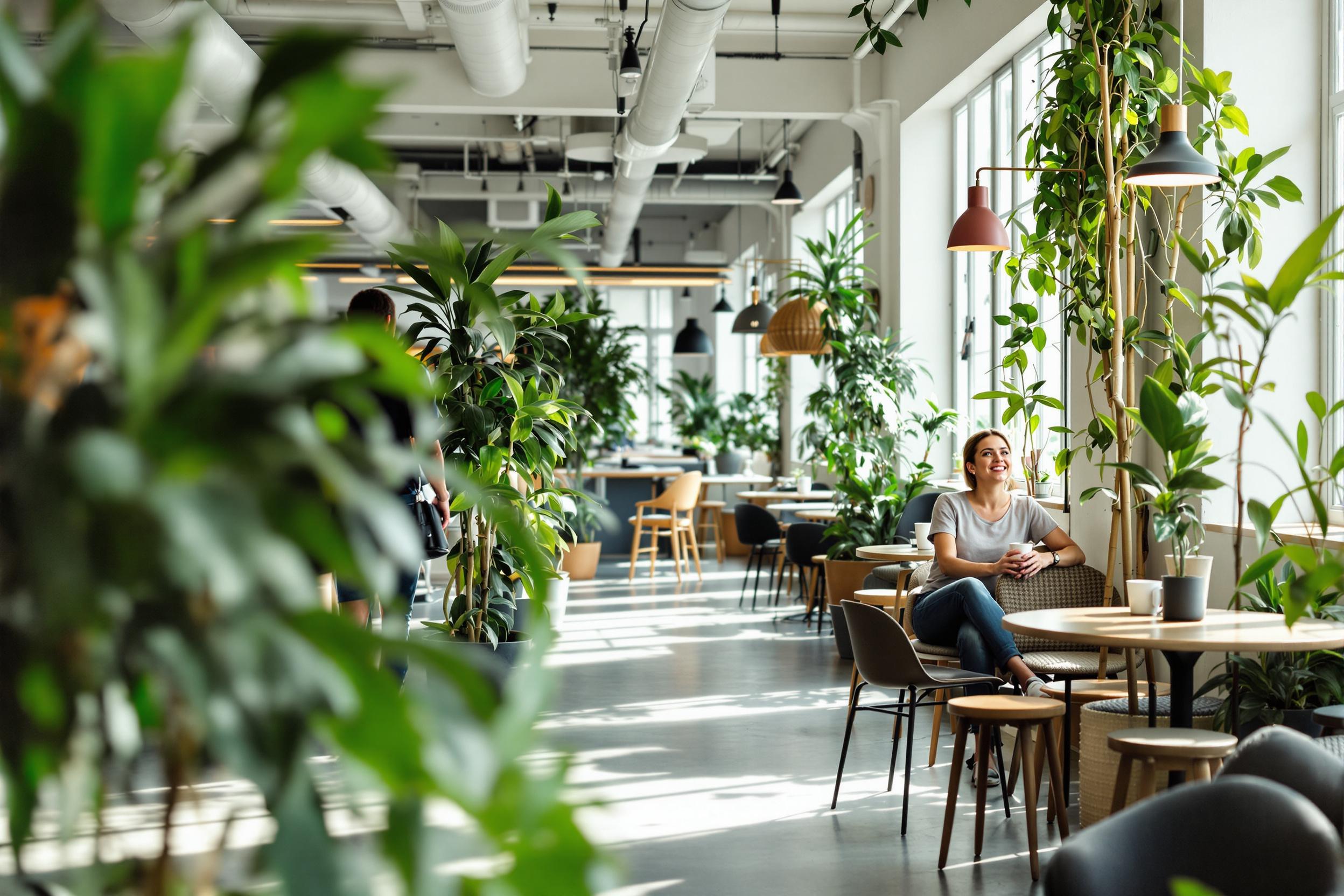
PPFD (Photosynthetic Photon Flux Density)
PPFD is a way to measure how much useful light reaches plants in indoor farming. Think of it as a light meter specifically for plant growth. In indoor and vertical farming, getting the right amount of light to plants is crucial for their growth, just like sunlight is important for outdoor plants. When candidates mention PPFD, they're talking about their experience with managing artificial lighting systems (usually LED lights) to create the perfect growing conditions for plants indoors. This is different from regular light measurements because it only counts the light that plants can actually use for growing.
Examples in Resumes
Optimized PPFD levels in vertical farming setup, resulting in 30% increase in crop yield
Monitored and adjusted Photosynthetic Photon Flux Density to maintain optimal growing conditions
Developed lighting schedules based on PPFD measurements for different crop varieties
Typical job title: "Indoor Farm Specialists"
Also try searching for:
Where to Find Indoor Farm Specialists
Professional Organizations
Online Communities
Job Resources
Example Interview Questions
Senior Level Questions
Q: How would you develop a lighting strategy for a new vertical farm facility?
Expected Answer: A strong answer should cover analyzing crop requirements, calculating necessary PPFD levels for different growth stages, selecting appropriate lighting systems, and creating monitoring protocols. Should also mention cost efficiency and energy management.
Q: How do you optimize PPFD levels for different crops in a mixed-growing environment?
Expected Answer: Should discuss experience with managing multiple growing zones, understanding different crop light requirements, using light mapping software, and implementing automated control systems.
Mid Level Questions
Q: What factors affect PPFD measurements and how do you account for them?
Expected Answer: Should mention light height, coverage area, reflection, and environmental factors. Should explain basic troubleshooting and adjustment procedures.
Q: How do you maintain consistent PPFD levels across growing racks?
Expected Answer: Should explain light mapping, regular measurement procedures, adjustment techniques, and basic maintenance of lighting systems.
Junior Level Questions
Q: What is PPFD and why is it important in vertical farming?
Expected Answer: Should be able to explain that PPFD measures useful light for plant growth and why proper light levels are crucial for plant health and crop yields.
Q: How do you measure PPFD in a growing environment?
Expected Answer: Should describe basic use of light meters, measurement points, and recording procedures. Should understand basic target ranges for common crops.
Experience Level Indicators
Junior (0-2 years)
- Basic PPFD measurement and recording
- Understanding of lighting equipment
- Following established light recipes
- Basic plant growth monitoring
Mid (2-5 years)
- Light recipe development
- Environmental control systems
- Crop-specific light management
- Equipment maintenance and troubleshooting
Senior (5+ years)
- Facility-wide lighting strategy development
- Energy optimization
- Team management and training
- Advanced crop production systems
Red Flags to Watch For
- No hands-on experience with light measurement equipment
- Lack of understanding of basic plant growth requirements
- Unable to explain relationship between lighting and plant growth
- No experience with environmental control systems
Related Terms
Need more hiring wisdom? Check these out...

Unlocking Team Potential: Personality Mapping for Dynamic Management

The Cryptic Secrets of Data-Driven HR: Metrics that Actually Matter (and Some That Might Make You Laugh)

Micro-Internships: The Game-Changer in Project-Based Learning

